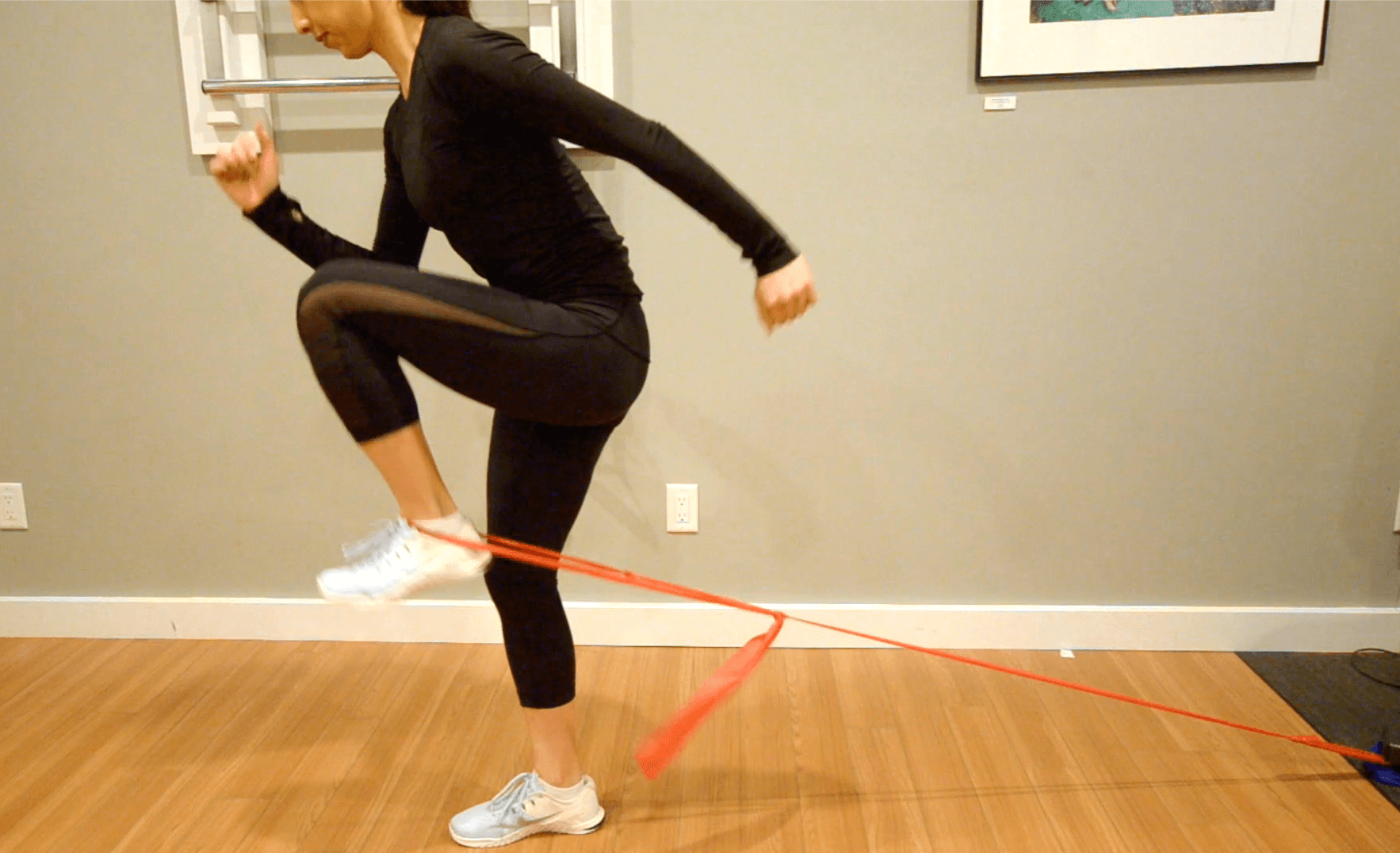Exercise Prescription & Movement Pattern Retraining
“If we are just treating the symptom, we are just putting on a band-aid.”
Movement pattern or muscle retraining exists at the core of physiotherapy. What brings someone into the clinic, be it injury, pain, or muscle tightness, is often a result of some sort of movement dysfunction. The goal of physiotherapy is to restore that function. Consider the case of a sprained ankle: the primary goal is to retrain the muscles that help the ankle to move properly. However, you may find yourself leaving your physio appointment with exercises that strengthen the muscles of your hips as well. Why?
A physiotherapist is always going to be questioning why pain or injury has occurred in the first place. To the eyes of a trained physiotherapist, the issue of a sprained ankle may not be isolated to the ankle alone. During assessment, specific movement testing may reveal something about the associated joints or muscle groups that are not engaging optimally. For example, muscular imbalances in the hip, particularly weakness of the hip abductors, can force the body to rely on other muscles to compensate during movement, putting more stress on those joints. The result? Your ankle sprain.
Our bodies are resilient. Many injuries and most pain will heal over time. What our bodies cannot do on their own is identify when a joint or muscle group is not moving optimally. As a result of our lifestyle, habits, and our experiences with pain and injury, our bodies can actually learn to move in dysfunctional ways. An easy example of this is how prolonged sitting, something most of us do these days, can affect the muscles of the hips. Prolonged sitting at a desk, in the car, or on the couch causes the hip flexor muscles that run along the frontside of our hips to shorten. Through a process called reflex inhibition, this hip flexor tightening results in a weakening of the glute muscles, altering how our hips and legs move. And it usually isn’t until we start to challenge that movement, by taking up a new sport or going for a long hike on a beautiful day, that this dysfunction makes itself known with pain and injury.
Reset & Reinforce
Physiotherapists know that resetting proper movement patterns and addressing muscular imbalances in the clinic will only get you so far. In the same way that we brush and floss our teeth to prevent cavities, physiotherapists prescribe exercises to prevent pain and injury from reoccurring. By reinforcing new movement patterns over time, we are not only aiding the recovery process, but addressing the root cause of pain and injury. Exercise prescription allows us to bridge the gap between injury recovery and injury prevention.
Hear what our owner and physiotherapist Wil Seto has to say on muscle retraining in the YouTube video below!


